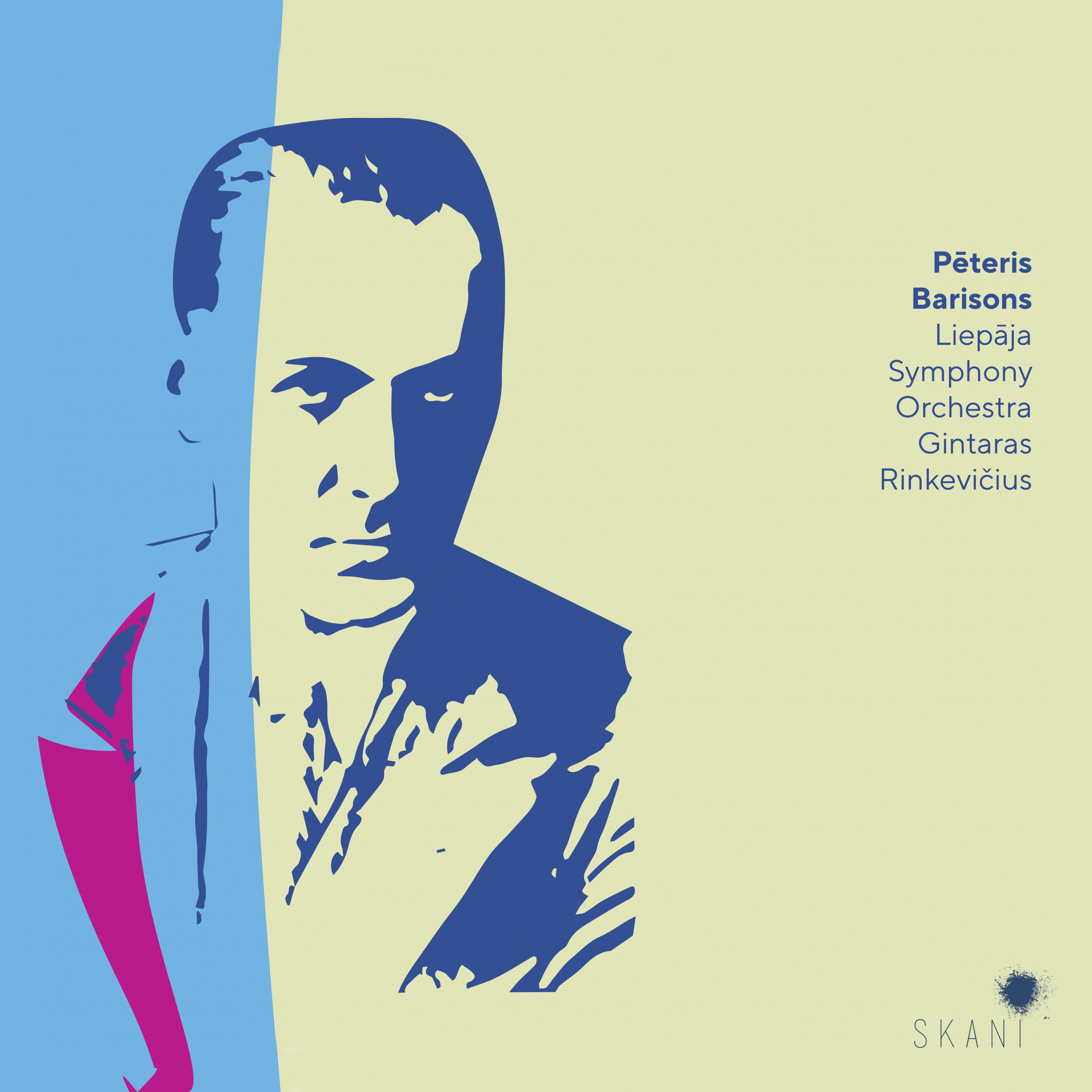The 1930s were a significant time for the development of Latvian music across all genres. Pēteris Barisons was one those who made a fruitful contribution. A late romantic composer, he was particularly noted for his vocal output. His a cappella choral works (about 30 songs in all) belong with the best of Latvian music, and these remain his most widely performed works. A disciple of Ernests Vīgners and Jānis Mediņš, in 1945 he was appointed a professor at the Latvian Conservatory, but he died just two years later, leaving a third symphony uncompleted. He was only in his early forties. His symphonic oeuvre is imbued with striking melodic lines and skilful polyphonic scoring. His scores are harmonically rich and have a developed sense of form.
The Second Symphony is structured in four movements. Each has a title: The Awakening of Love, Delight, Erotica and The Death of Love. The composer quotes at the end of the first and fourth movements Edvard Grieg’s song “I love but Thee”, widely known in Latvia in the 20s and 30s. It’s quite evident that Barison’s is more than a competent orchestrator, and the score is enriched with a panoply of instrumental colour. If you like the music of Zemlinsky, you’ll positively love this. I could hear faint hints of Die Seejungfrau. The opening movement sets the tone for what is to follow. The music is soused in Straussian opulence and layered luxuriance. The booklet notes aptly sum up the second movement as “a poetic twilight nocturne”. It begins with a tender violin solo, which opens out into serene dreaminess. Erotica sounds unsettled and acts as an extended prologue to the finale. The Death of Love is melancholic with an abiding sense of portent. There’s a deep unease in its utterances. It never seems to find any repose.
The three orchestral Preludes date from 1937. Each is a brief miniature, amounting almost to a small cycle – Prelude, Interlude and Postlude. The first is the most dramatic with its rapid notes and toccata like patterns. The second has a blissful serenity, accomplished by light, diaphanous textures. A middle section offers some blustery contrast. The third Prelude is cast in a more grandiose style, with declamatory fortissimo passages.
This is a most enjoyable disc and I'm certainly grateful to make my initial acquaintance with the music of Pēteris Barisons. The Liepāja Symphony Orchestra under the inspirational direction of Gintaras Rinkevičius are ardent advocates of these wonderful scores. The superb sound with its wide dynamic range showcases these works at their finest. The Second Symphony is certainly a work I'll be returning to, and I'm more than happy to spread the news.
Stephen Greenbank
2022 / 04
www.musicweb-international.com
kritika ŠEIT

